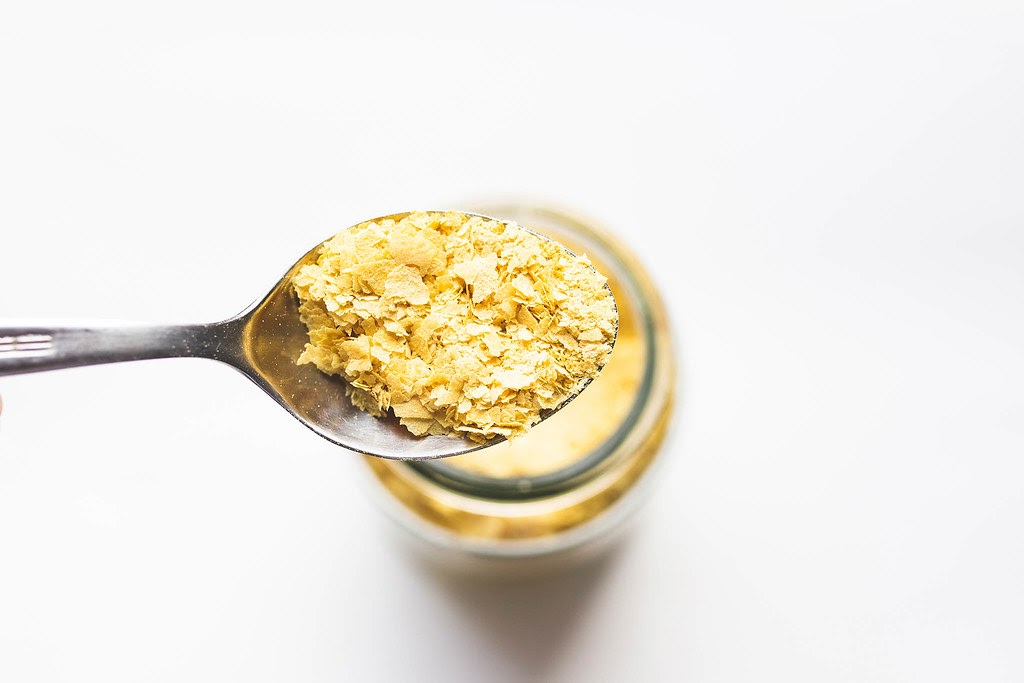Step 3: Rebuild Flora
If you have been following the first two steps, you are already going to be well on track to rebuilding your flora.
But, let’s take things a step further! After all, we want our flora to become even stronger than before.
There are four facets that we think about when it comes to rebuilding gut flora:
- Prebiotic foods
- Fermented foods
- Polysaccharides
- Supplements
Prebiotic Foods
Prebiotic foods essentially amount to a lot of plant foods, from as many categories as possible. If we go by category, we should think about:
- Beans (kidney, black, pinto)
- Peas (chickpeas, peas, lentils)
- Intact whole grains
- Vegetables and fruits
- Nuts and seeds
In this category, prebiotic foods are going to move the needle the most for our gut flora. Of those, resistant starch is going to be the largest (Read More: My complete guide to resistant starch).
More than anything else, resistant starch is going to act as the fuel to get those good bugs in you again.
Fermented Foods
Fermented foods act as really nice adjuncts to rebuilding and preserving your good gut flora.
Some examples include:
- Kimchi
- Sauerkraut
- Fermented vegetables
- Kombucha (a little bit of debate on this one)
Polysaccharides
This is where we want to think about adding things in to help repair the intestinal tract.
Polysaccharides are a great way of helping rebuild our gut flora and you can easily think about them as ‘slimy’ foods.
You can find them in:
- Onions
- Cabbage
- Okra
- Eggplant
- Aloe gels
- Supplements
The ingredients you might want to look for from supplements are:
- Glutamine3
- NAG4
- Quercetin5
- DGL6
What Are Some Common Pitfalls?
When we think about getting all of these foods into our system, the problem is that it’s way too easy to not take enough of them. Or, to not take them regularly or for long enough.
And, if your digestive system is off, you may encounter symptoms by radically changing your diet. The trick here is to ensure any changes are gentle, while fast enough to make real change.
Think about some of the highest priority foods we listed, and then think about which ones you have the best tolerance of right now. Start there, and then work your way through the rest.
Of course, you should also identify the ones that do cause symptoms, too. I’m not talking about your ‘triggers,’ but think about some of the food categories that can help your flora.
Then, make a plan to phase some of those back into your diet. Some foods are gentler than others, like lentils, for instance.













